WE CAN SOLVE HEALTHCARE REFORM
But to get there, we need to reframe the debate. Thus far, it’s been an argument predicated on what healthcare is and has been. The real solution lies in what healthcare will be, and what it will take to get there.
At its crux, the healthcare debate is about cost versus quality. The conventional wisdom is that these are tradeoffs: offer the best healthcare in the world for those who can afford it, or insure everybody with mediocre care. The voice declaring that both are possible isn’t at the table. But that’s what innovation delivers, everywhere it’s turned loose.
For instance, one of the core policy arguments is over preexisting conditions, typically defined by a patient’s having shown symptoms and sought medical treatment. This definition and concept will be laughed at in the future, in which an ever-increasing portion of society will know their condition long before they ever show traditional symptoms. We’ll be diagnosed early enough, and either treated or prescribed a change in lifestyle, such that it’s both far cheaper and more effective. In other words, having been previously diagnosed and treated means a lower future cost burden, not greater. Providers and insurers may even want patients to have been previously treated, rather than decline them, if they’re confident their methodology of managing the condition is better.
The social definition of quality of care is in the midst of a transformation. High quality was once defined as being able to have a regular doctor—someone who knew your history and whom you saw consistently. Being able to choose your doctor became the next dividing line: the haves got to choose, while the have-nots had to see whoever was on duty. They didn’t know you—except by reading your charts and labs. Today, there’s a recognition that those lab tests and images are better than ever, and may be vastly more important than knowing you personally, or having seen you before, or even seeing you in person at all. Your charts—your Universal Health Record—are the “real” you, medically. The new definition of quality is the physician who does not miss some little detail, some unusual pattern. Quality is spotting it early.
The central question the medical community must confront is whether seeing patients in person must be the dominant modality of diagnosis. We can make drastic cost reductions by migrating rapidly to virtual healthcare. By tracking patients with wearables and mobile devices, and communicating with them by text message or chat, society will get more accessibility for less expense. Artificial intelligence has the advantage of learning simultaneously from millions of patients, rather than one at a time. No human doctor will be able to have as much “experience” as an artificial one.
Data interoperability presents another paradigm shift. Electronic Health Records are about to explode with wearable and device data; a doctor might measure heart rate variability once per visit, but a common wearable measures it 100 times per second. The value is not so much in the data as in the artificial intelligence that observes the data and sees hidden patterns to make predictions.
The right way to reform the US medical malpractice system is not to impose damage caps, but to change the basis for finding a doctor liable for malpractice in the first place. Doctors should have a safe harbor from malpractice suits if they follow evidence-based protocols published by a professional medical association, rather than being evaluated by the standard of “customary practice,” defined as what doctors typically do. This leads to defensive medicine and excessive costs.
We need to incentivize innovation in every domain and at every level. We need to make profits by providing care, not by denying people care. We need price competition among drug makers and a shift to continuous efficacy monitoring in exchange for quicker access to market. We need bold experiments in insurance markets. We need to create more clarity in healthcare brands by truly offering different experiences for patients. We need to rely more on disease-management companies for chronic care. The resources our society is committing to healthcare can stretch much farther than they do now.
